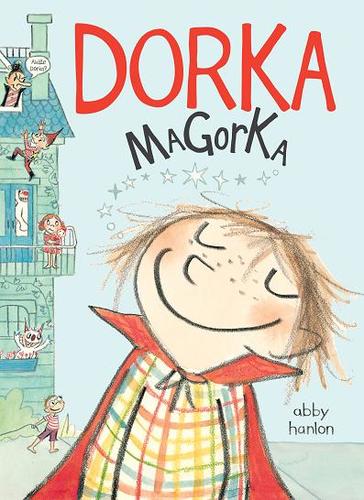Mastaba Christo and J
Knihu Mastaba Christo and J aktuálne nie je možné zakúpiť v žiadnom z porovnávaných e-shopov...
Krátky popis
The Mastaba, Project for Abu Dhabi, United Arab
Emirates&,nbsp,will not only be Christo and Jeanne-Claude’s
greatest achievement and only permanent large-scale work, but also
the biggest sculpture in the world and one of the most significant
creations in history.Conceived in 1977, The Mastaba takes its name
from an ancient word describing a trapezoidal structure with a flat
top, two vertical walls and two outward sloping sides.Christo and
Jeanne-Claude’s Mastaba will be made from 410,000 multi-colored
barrels to form a mosaic of bright sparkling colors that echoes
Islamic architecture. The sculpture will be 150 meters (492 feet)
high, 225 meters (738 feet) deep at the 60 degree slanted walls and
300 meters (984 feet) wide at the vertical walls.The individual
colors and the positioning of the 55-gallon steel barrels were
chosen byChristo and Jeanne-Claude in 1979, the year in which the
artists first visited Abu Dhabi. They have since returned many
times, creating a longstanding friendship with the Emirate and its
people. In 2012, the ideal location for The Mastaba was identified
approximately 160 kilometers south of Abu Dhabi in the stunning
desert of Al Gharbia, surrounded by some of the most spectacular
dunes in the world.This book, designed by Christo himself, tells
the story of the project&,nbsp, from 1977 until today and is
illustrated throughout with the photography of Christo and
Jeanne-Claude’s exclusive photographer, Wolfgang Volz. The
evolution of The Mastaba is also captured through images of
Christo’s earliest drawings from the 1970s to his most recent work,
and through the publication of maps, technical data, and
engineering drawings. Many of these images and documents are
published here for the first time.The artist The artists Christo
&,amp, Jeanne-Claude have worked in collaboration since 1961,
and lived in New York City since 1964. Their large-scale projects
include Wrapped Coast, Australia, 1968–69, Valley Curtain, Rifle,
Colorado, 1970–72, Running Fence, Sonoma and Marin Counties,
California, 1972–76, Surrounded Islands, Biscayne Bay, Florida,
1980–83, The Pont Neuf Wrapped, Paris, 1975–85, The Umbrellas,
Japan–USA, 1984–91, Wrapped Reichstag, Berlin, 1971–95, Wrapped
Trees, Riehen, Switzerland, 1997–98, and The Gates, Central Park,
New York City, 1979-2005. Jeanne-Claude died in 2009.The
photographer Wolfgang Volz has worked with Christo and
Jeanne-Claude as the exclusive photographer of their works since
1971. He was also project director (with Roland Specker) for
Wrapped Reichstag and (with Josy Kraft) for Wrapped Trees, and was
in charge of The Wall - 13,000 Oil Barrels, 1999. His close
collaboration has resulted in many books and more than 300
exhibitions in museums and galleries around the world.The
contributing authors Matthias Koddenberg studied art history at the
universities of Münster and Zurich. He has been a close friend of
Christo and Jeanne-Claude’s for many years. His publications
include texts on modern and contemporary art. He is the author of
Christo and Jeanne-Claude, Early Works 1958-64, published in 2009.
He has also contributed to several other publications on Christo
and Jeanne-Claude’s work. Jonathan William Henery is the son of
Jeanne-Claude’s sister, Joyce May Henery. In 1993, he received a
Bachelor of Arts from Fordham University. He is a musician and has
been Jeanne Claude’s full-time assistant 1996-2009 and continues to
manage Christo’s office today. Jonathan has collaborated on
numerous publications about their work.
